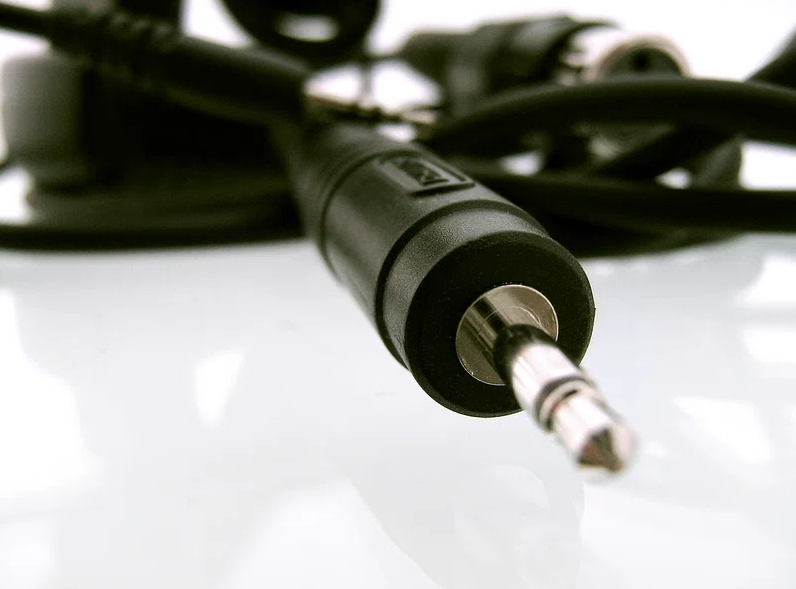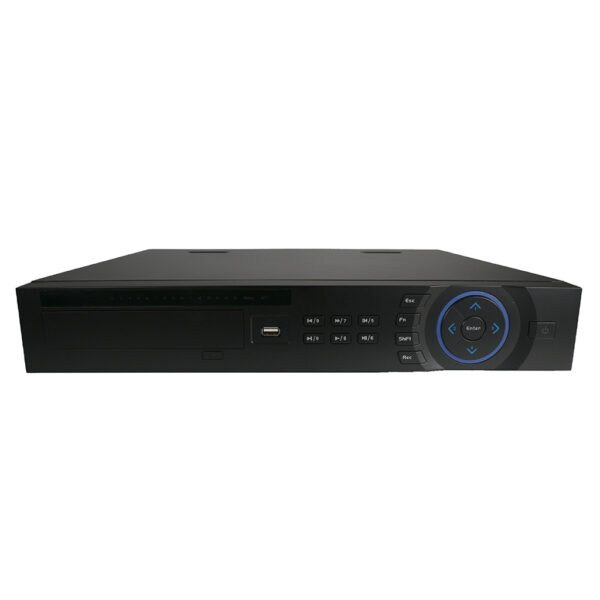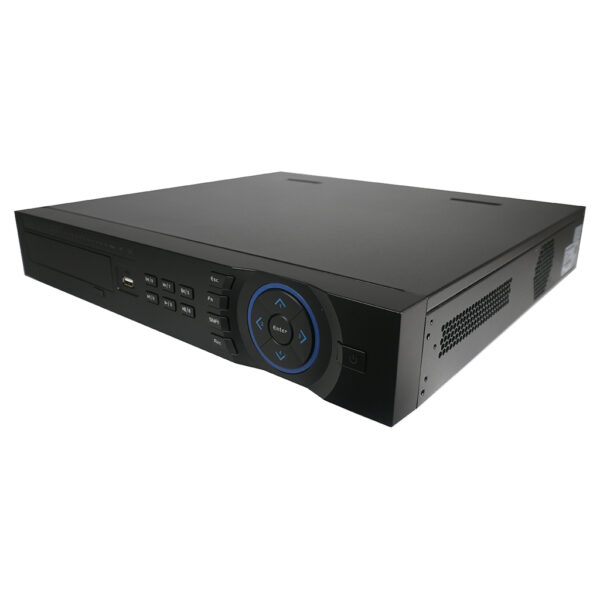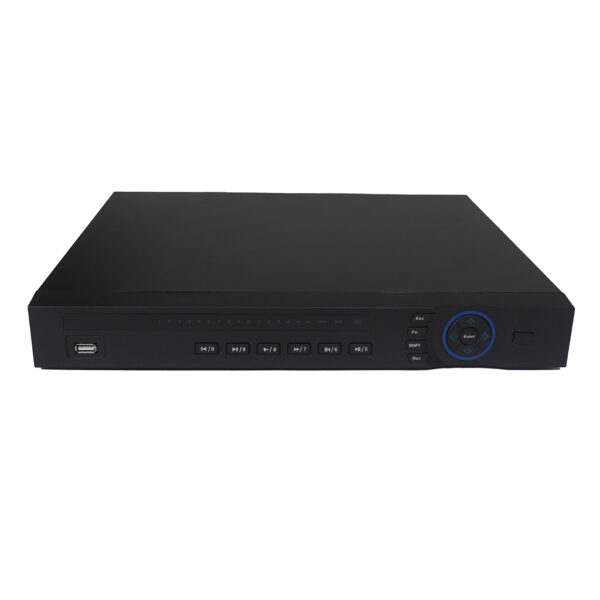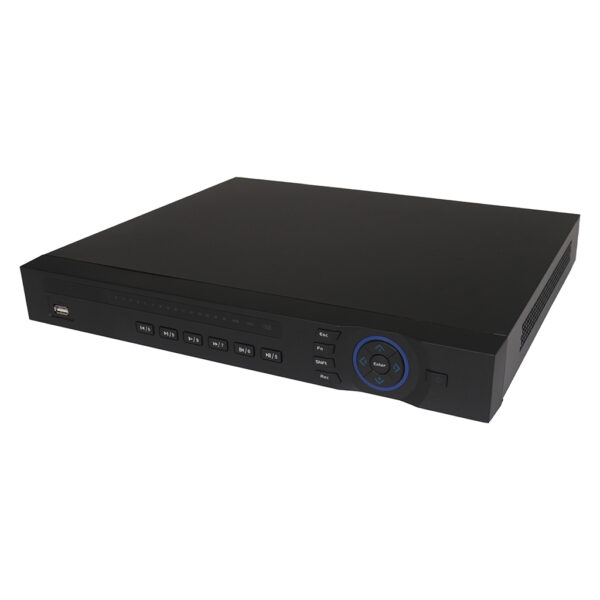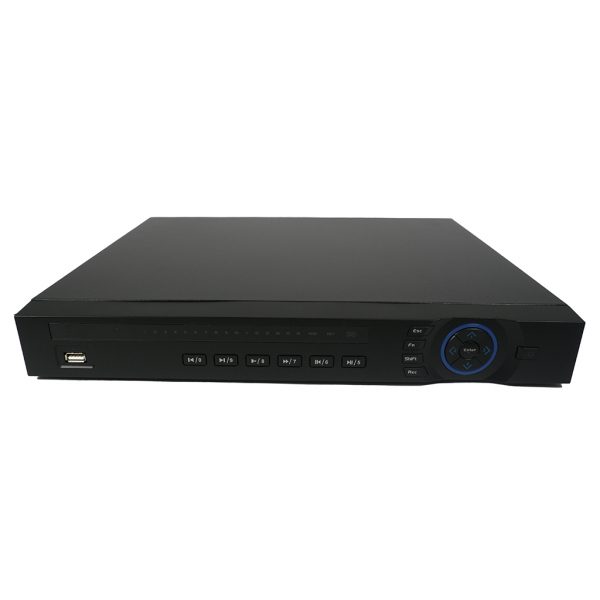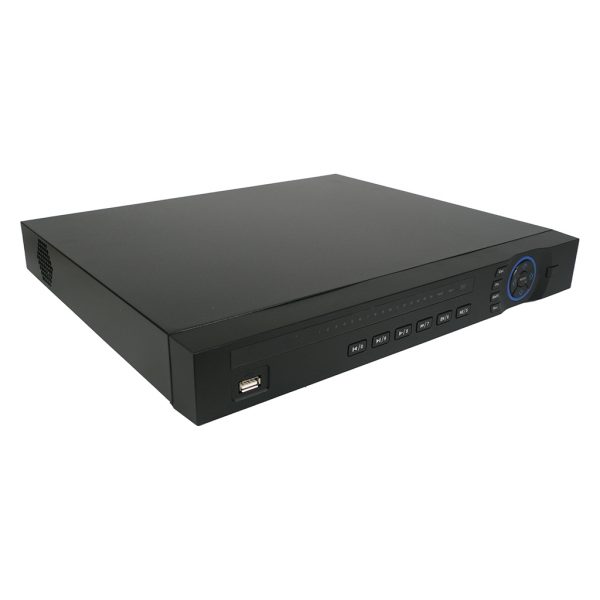The distance you can run a security camera cable depends on several factors, including the type of cable, the camera’s power requirements, and the quality of the cable and connectors. This article explores the maximum distances for different types of security camera cables and provides tips for extending their reach without compromising signal quality.
Types of Security Camera Cables and Their Maximum Distances
- Coaxial Cables (Analog Cameras):
- RG59 Coaxial Cable: Commonly used for analog CCTV cameras. It can transmit video signals up to 750 feet (228 meters) without significant signal loss. For distances beyond this, signal boosters or amplifiers are required.
- RG6 Coaxial Cable: Thicker and offers better shielding than RG59, allowing for longer runs. It can extend up to 1,000 feet (305 meters) before needing signal amplification.
- Ethernet Cables (IP Cameras):
- Cat5e Cable: Suitable for most IP camera installations. It can transmit data up to 328 feet (100 meters) without signal degradation. For longer distances, PoE (Power over Ethernet) extenders or switches can be used.
- Cat6 Cable: Provides better performance and shielding than Cat5e. It also supports distances up to 328 feet (100 meters) but can handle higher data rates and bandwidth, making it ideal for high-resolution cameras.
- Fiber Optic Cables:
- Single-Mode Fiber: Capable of transmitting signals over extremely long distances, up to several miles. It’s used in large-scale installations where long-distance transmission is required.
- Multi-Mode Fiber: Suitable for shorter distances, up to 1,000 feet (305 meters). It’s often used in commercial and industrial applications where high-speed data transfer is necessary.
- Power Cables:
- Low-Voltage Power Cables: Typically used to power security cameras. The maximum distance for power cables depends on the voltage drop and power requirements of the camera. Generally, 12V DC cameras can be powered up to 250 feet (76 meters) using 18-gauge wire, while 24V AC cameras can be powered up to 500 feet (152 meters).
Tips for Extending Security Camera Cables
- Use Signal Boosters and Amplifiers:
- Analog Cameras: For coaxial cables, use signal boosters or amplifiers to extend the transmission range without losing video quality.
- IP Cameras: Use PoE extenders or switches to extend the range of Ethernet cables beyond 328 feet (100 meters). These devices can also provide power to the cameras, eliminating the need for separate power cables.
- Choose High-Quality Cables:
- Better Shielding: High-quality cables with better shielding can reduce signal loss and interference, allowing for longer cable runs.
- Thicker Gauge: Thicker gauge cables have lower resistance and can transmit power and data over longer distances.
- Fiber Optic Solutions:
- Fiber Optic Converters: Use fiber optic converters to convert electrical signals to optical signals for long-distance transmission. This is ideal for large-scale installations where signal integrity over long distances is crucial.
- Future-Proofing: Fiber optic cables provide high bandwidth and are future-proof, making them a long-term solution for extending security camera cables.
- Proper Installation Techniques:
- Avoid Sharp Bends: Sharp bends in the cable can cause signal degradation. Use gentle curves and avoid kinks to maintain signal quality.
- Secure Connections: Ensure all connectors are securely fastened and free from corrosion. Loose or corroded connections can lead to signal loss.
Related Products
Frequently Asked Questions (FAQ)
- Can I extend any type of security camera cable?
- Yes, most security camera cables can be extended, but the method and maximum distance depend on the cable type and camera requirements.
- What is the maximum distance for running an Ethernet cable for IP cameras?
- Ethernet cables, such as Cat5e and Cat6, can be run up to 328 feet (100 meters) without signal degradation. For longer distances, PoE extenders or switches are recommended.
- How can I extend the range of coaxial cables for analog cameras?
- Use signal boosters or amplifiers to extend the range of coaxial cables beyond their standard maximum distance.
- Do fiber optic cables have a maximum distance for security cameras?
- Fiber optic cables can transmit signals over several miles, making them ideal for long-distance installations. The actual distance depends on the type of fiber optic cable used.
- Will extending the cable affect video quality?
- Properly extending the cable with high-quality materials and using appropriate signal boosting techniques should not significantly affect video quality.

